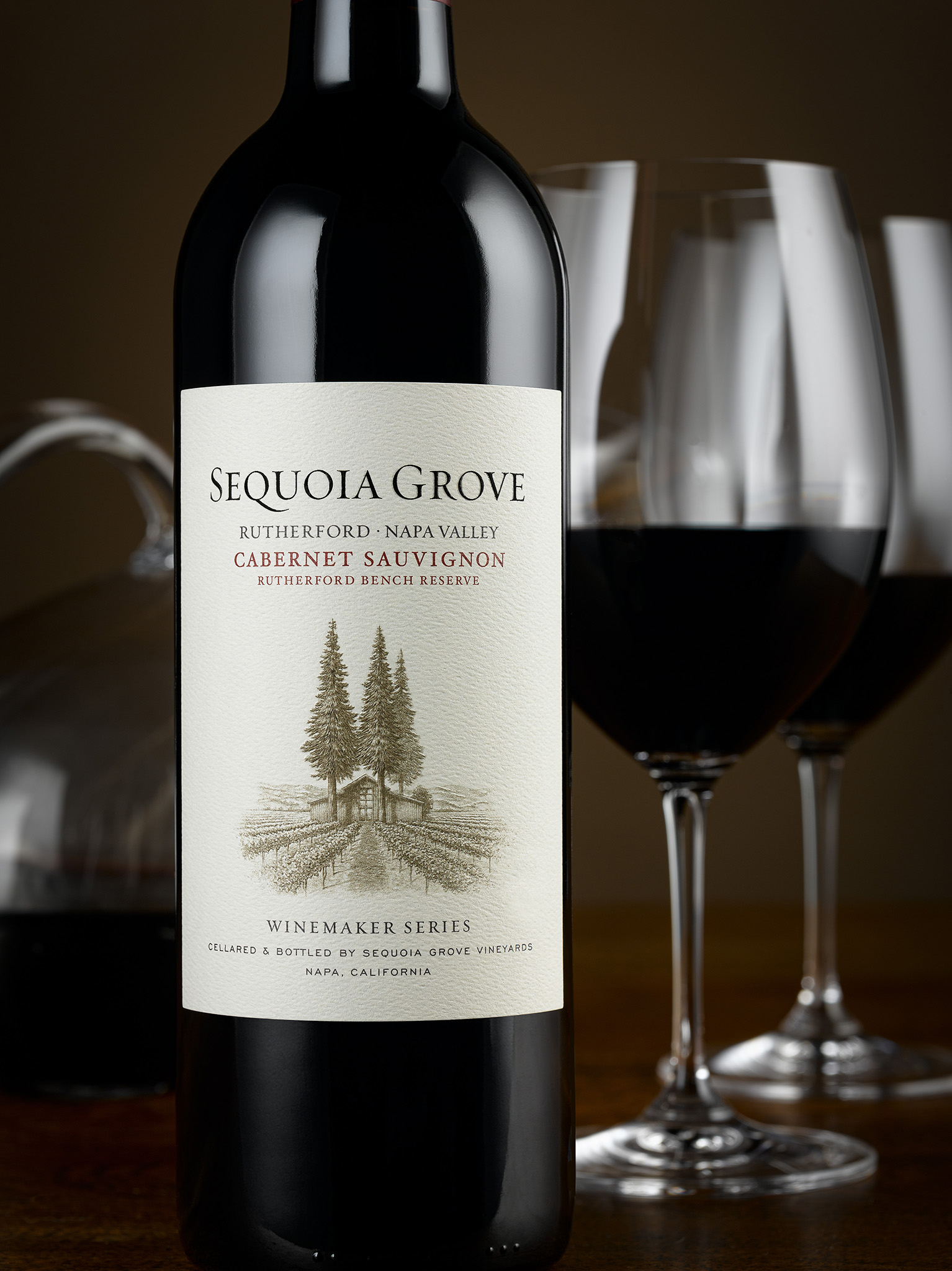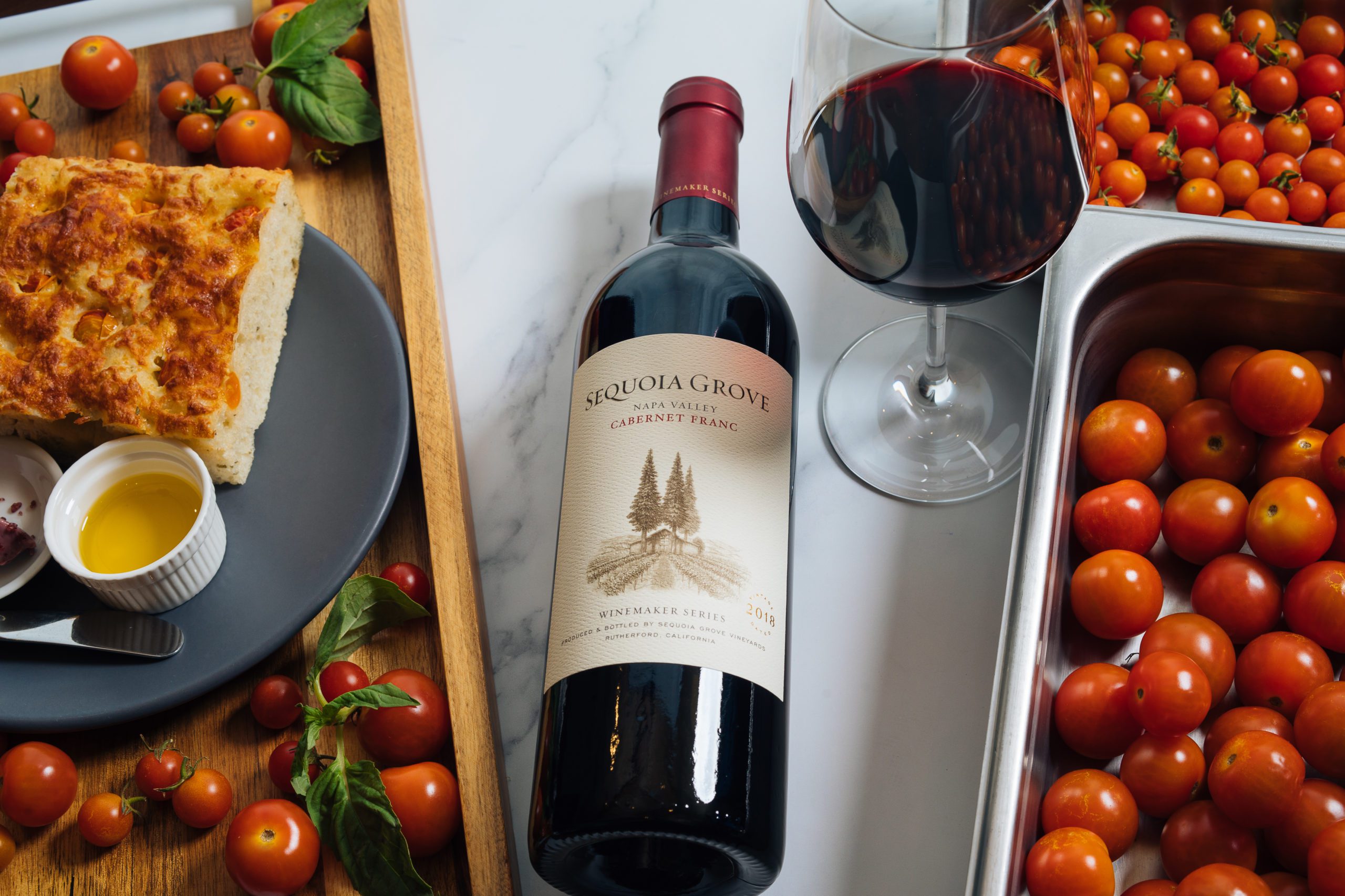10 Tips for Great Wine and Food Pairings
There used to be an easy mantra for food and wine pairing: white wine with white meat, red wine with red meat. Then, somewhere along the way, things got complicated. Nowadays it’s perfectly acceptable to have red wine with fish, or white wine with steak. Who’s judging? The truth is you should never be afraid to try something or be put off because the “rules” say it shouldn’t work. Rules are made to be broken! There are a few tips to remember which will make life – and your meal – that much better.
At Sequoia Grove, our wine and food philosophy focuses on making small adjustments to prepared dishes in order to preserve or enhance the flavors of the wine. Our wines are crafted to emphasize balance, structure, and finesse. To complement our wines, Sequoia Grove Chef Britny Maureze brings together textures, flavors, and aromas in perfect bites for our tasting room experiences and recipes. If you’re feeling a little lost or simply need a starting point for basic wine and food pairings, here are Chef Britny’s top ten tips for mastering your dinner time game:
#1 Start with the wine:
There are two angles when it comes to mastering the art of food and wine pairing: starting with the wine and then matching the food to it or vice versa. At Sequoia Grove, we always start with the wine. This is because the wine is already made – you can’t add or change anything! It’s much easier to select a wine you’d like to enjoy and create a meal around it as you can always mix and match ingredients to suit the style. Chef Britny explains: “Before I begin writing a menu, I taste the wines and take note of all the flavors and aromas, then formulate a concept for a meal I think would fit with it. From there, it’s all a bit of trial and error, making little (but vital!) adjustments until I’ve curated the perfect dish for that particular wine.”


